Home>Furniture & Design>Bathroom Accessories>How To Remove Stains From A Fiberglass Bathtub
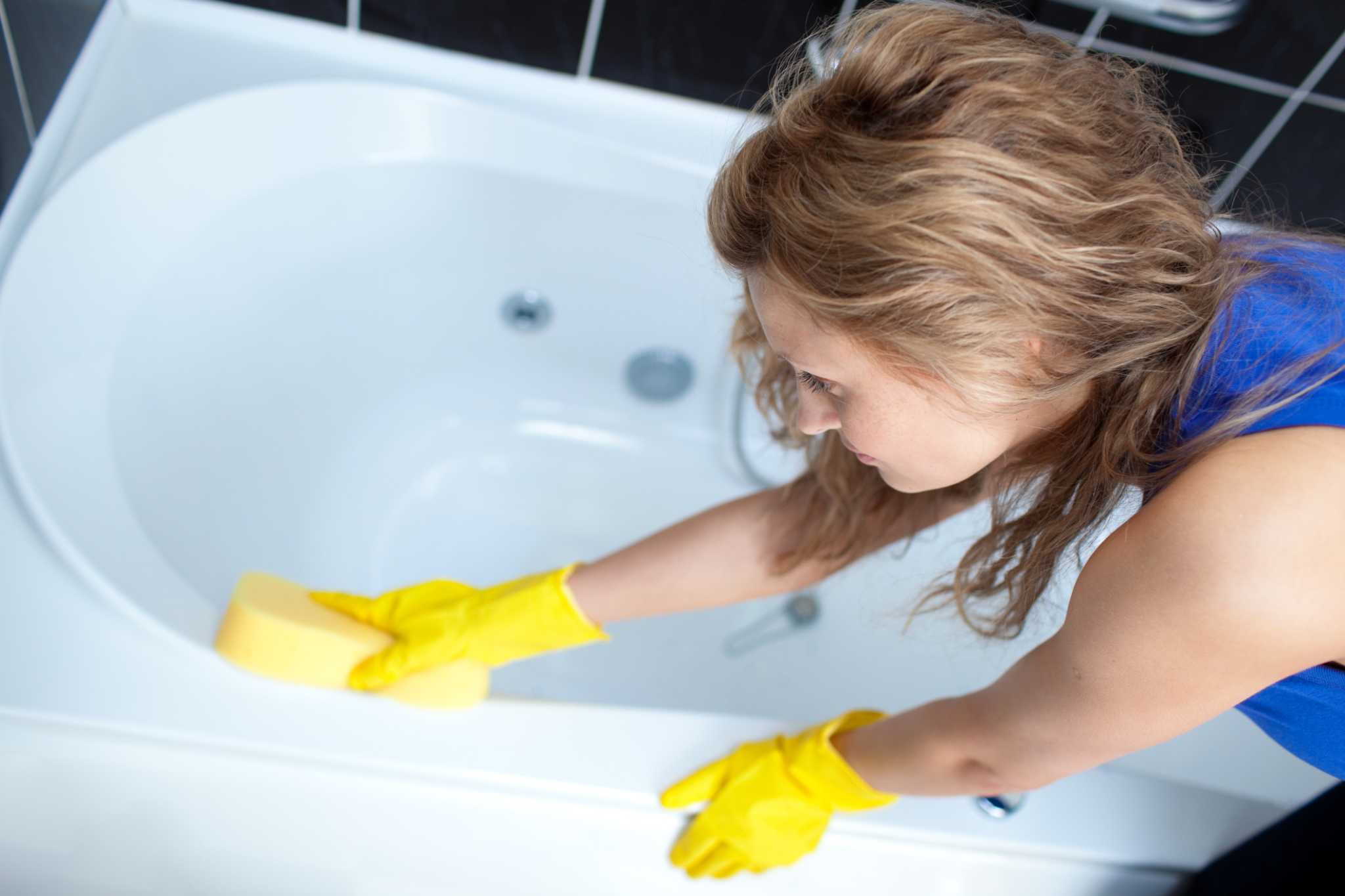

Bathroom Accessories
How To Remove Stains From A Fiberglass Bathtub
Published: February 20, 2024
Learn effective techniques for removing stains from your fiberglass bathtub with the right bathroom accessories. Keep your bathroom looking clean and fresh.
(Many of the links in this article redirect to a specific reviewed product. Your purchase of these products through affiliate links helps to generate commission for Storables.com, at no extra cost. Learn more)
Introduction
A pristine, gleaming bathtub can be the centerpiece of a beautifully designed bathroom. However, over time, fiberglass bathtubs can fall victim to unsightly stains that detract from their aesthetic appeal. Whether it's hard water stains, soap scum, or rust marks, these blemishes can be a source of frustration for homeowners. Fortunately, with the right techniques and products, it's possible to restore the luster of a fiberglass bathtub and keep it looking immaculate.
In this comprehensive guide, we will delve into the various types of stains that commonly afflict fiberglass bathtubs and explore effective methods for removing them. From general cleaning tips to targeted strategies for tackling specific types of stains, this article will equip you with the knowledge and tools needed to restore your bathtub to its former glory.
By understanding the nature of different stains and the appropriate cleaning solutions, you can take proactive steps to maintain the pristine condition of your fiberglass bathtub. Additionally, we will discuss preventive measures that can help minimize the recurrence of stains, allowing you to enjoy a sparkling, blemish-free bathtub for the long term.
So, if you've been grappling with stubborn stains marring the surface of your fiberglass bathtub, fret not. With the insights and tips provided in this guide, you'll be well-equipped to tackle the issue head-on and restore your bathtub to its original, glistening state. Let's dive into the world of fiberglass bathtub maintenance and bid farewell to those pesky stains once and for all.
Key Takeaways:
- Say goodbye to stubborn stains on your fiberglass bathtub! Use gentle cleaning solutions, like vinegar and baking soda, to restore its luster and keep it looking immaculate for years to come.
- Prevent future stains by incorporating regular maintenance, protective coatings, squeegeeing after use, ensuring proper ventilation, and choosing gentle cleaning products. Keep your bathtub sparkling and blemish-free!
Read more: How To Remove Turmeric Stains From A Bathtub
Common Stains on Fiberglass Bathtubs
Fiberglass bathtubs are susceptible to a range of stains that can mar their appearance and diminish the overall appeal of the bathroom. Understanding the common types of stains that afflict fiberglass bathtubs is crucial for implementing targeted cleaning strategies. Here are the most prevalent types of stains encountered on fiberglass bathtubs:
-
Hard Water Stains: These stubborn, chalky white deposits are caused by the mineral content in hard water. Over time, the minerals accumulate on the bathtub's surface, resulting in unsightly stains that can be challenging to remove.
-
Soap Scum: As a result of regular use, soap and body oils can combine to form a filmy residue known as soap scum. This sticky, off-white layer can accumulate on the bathtub's surface, creating a dull and unappealing appearance.
-
Rust Stains: Rust stains are often caused by metal objects, such as shaving razors or metal containers, coming into contact with the bathtub's surface. When these items oxidize, they can leave behind reddish-brown stains that are particularly noticeable on white or light-colored fiberglass bathtubs.
-
Stubborn Stains: In addition to the aforementioned common stains, fiberglass bathtubs may also be plagued by stubborn discolorations that defy conventional cleaning methods. These stains can be a result of various factors, including mold, mildew, or chemical reactions with certain cleaning products.
By identifying the specific type of stain affecting your fiberglass bathtub, you can tailor your cleaning approach to effectively address the problem at hand. Each type of stain requires a unique set of cleaning techniques and products to ensure successful removal without causing damage to the bathtub's surface. With a clear understanding of the common stains that plague fiberglass bathtubs, you can proceed to explore targeted cleaning methods to restore your bathtub to its pristine condition.
General Cleaning Tips
When it comes to maintaining the cleanliness and luster of a fiberglass bathtub, adopting a proactive cleaning routine is essential. By incorporating the following general cleaning tips into your regular maintenance regimen, you can effectively prevent the buildup of stains and preserve the pristine appearance of your bathtub.
-
Regular Cleaning: Consistent cleaning is key to preventing the accumulation of stubborn stains on your fiberglass bathtub. Establish a regular cleaning schedule, ideally once a week, to remove surface grime, soap residue, and other contaminants before they have a chance to harden and become more challenging to remove.
-
Gentle Cleaning Solutions: Opt for mild, non-abrasive cleaning solutions specifically formulated for fiberglass surfaces. Harsh chemicals and abrasive cleaners can damage the bathtub's finish, leading to discoloration and potential degradation of the fiberglass material. Look for gentle, non-abrasive cleaners that are suitable for fiberglass and safe for regular use.
-
Soft Cleaning Tools: When cleaning your fiberglass bathtub, use soft sponges, microfiber cloths, or non-abrasive scrubbing pads to avoid scratching the surface. Abrasive cleaning tools can leave visible marks and compromise the smooth, glossy finish of the bathtub. Additionally, consider using a soft-bristled brush for reaching corners and crevices without causing damage.
-
Rinsing Thoroughly: After applying a cleaning solution, ensure thorough rinsing to remove all traces of the cleaner from the bathtub's surface. Residual cleaning agents can lead to streaks, dullness, or even chemical reactions that result in new stains. A complete rinse with clean water will help maintain the bathtub's pristine appearance.
-
Drying After Cleaning: Once the bathtub has been cleaned and rinsed, use a soft, absorbent towel to dry the surface thoroughly. This step helps prevent water spots and mineral deposits from forming on the fiberglass, preserving its smooth and shiny finish.
-
Ventilation: Proper ventilation in the bathroom is crucial for preventing mold and mildew growth, which can contribute to stubborn stains on the bathtub's surface. After each use, ensure adequate ventilation to allow moisture to dissipate, reducing the likelihood of mold and mildew formation.
By incorporating these general cleaning tips into your fiberglass bathtub maintenance routine, you can effectively minimize the occurrence of stains and preserve the pristine condition of your bathtub. These proactive measures not only contribute to a sparkling, blemish-free bathtub but also extend the longevity of the fiberglass material, ensuring years of enjoyment and aesthetic appeal.
Removing Hard Water Stains
Hard water stains can be particularly stubborn and unsightly, often posing a significant challenge when it comes to maintaining the pristine appearance of a fiberglass bathtub. These chalky white deposits, resulting from the mineral content in hard water, can accumulate over time, creating a visibly dull and discolored surface. Fortunately, there are effective methods for removing hard water stains and restoring the luster of your bathtub.
Vinegar Solution
One of the most widely recommended remedies for tackling hard water stains is a simple yet potent vinegar solution. To create this cleaning solution, mix equal parts of white vinegar and water in a spray bottle. Once the solution is prepared, generously spray it onto the affected areas of the bathtub, ensuring thorough coverage of the hard water stains. Allow the vinegar solution to sit for approximately 15-20 minutes, allowing the acidic properties of the vinegar to break down and dissolve the mineral deposits.
Read more: How To Remove Stains From Plastic Bathtub
Gentle Scrubbing
After the vinegar solution has had time to work its magic, use a soft-bristled brush or non-abrasive sponge to gently scrub the treated areas. The combination of the acidic vinegar solution and gentle scrubbing helps to loosen and lift the stubborn hard water stains from the fiberglass surface. It's important to exercise caution and avoid using abrasive scrubbing tools that could potentially damage the bathtub's finish.
Rinse and Dry
Following the scrubbing process, thoroughly rinse the bathtub with clean water to remove the residual vinegar solution and dislodged mineral deposits. A complete rinse is essential to ensure that no traces of the cleaning solution remain on the surface. Once the rinsing is complete, use a soft, absorbent towel to dry the bathtub, effectively preventing water spots and mineral deposits from forming.
Repeat if Necessary
In cases where hard water stains are particularly entrenched, it may be necessary to repeat the vinegar treatment and gentle scrubbing process to achieve optimal results. Persistence and thoroughness are key when dealing with stubborn hard water stains, and a second application of the vinegar solution followed by gentle scrubbing can often yield significant improvements.
By following these targeted steps for removing hard water stains from your fiberglass bathtub, you can effectively restore its luster and eliminate the unsightly chalky deposits caused by hard water. This approach not only revitalizes the appearance of the bathtub but also helps to prolong its lifespan and maintain its pristine condition for years to come.
Removing Soap Scum
Soap scum, a common nuisance in bathrooms, can accumulate on the surface of fiberglass bathtubs, creating a filmy, unappealing layer that diminishes the bathtub's aesthetic appeal. Fortunately, there are effective methods for removing soap scum and restoring the bathtub to its pristine condition.
Read more: How To Remove Bleach Stains From Bathtub
Baking Soda and Vinegar Solution
A powerful yet gentle approach to combating soap scum involves the use of a baking soda and vinegar solution. To create this potent cleaning mixture, start by sprinkling a generous amount of baking soda directly onto the affected areas of the bathtub. Next, fill a spray bottle with white vinegar and liberally spray it over the baking soda-covered surfaces. The combination of baking soda and vinegar initiates a chemical reaction that helps to break down and dissolve the stubborn soap scum.
Read more: How To Remove Stains From Plastic Bathtub
Gentle Scrubbing
After allowing the baking soda and vinegar solution to sit for approximately 15-20 minutes, use a soft-bristled brush or non-abrasive sponge to gently scrub the treated areas. The mild abrasive properties of baking soda, combined with the acidic action of vinegar, work in tandem to loosen and lift the soap scum from the fiberglass surface. It's important to exercise caution and avoid using harsh scrubbing tools that could potentially damage the bathtub's finish.
Thorough Rinsing and Drying
Following the scrubbing process, thoroughly rinse the bathtub with clean water to remove the residual baking soda and vinegar solution, along with dislodged soap scum. Complete rinsing is crucial to ensure that no traces of the cleaning mixture remain on the surface. Once the rinsing is complete, use a soft, absorbent towel to dry the bathtub, effectively preventing water spots and mineral deposits from forming.
Repeat as Needed
In cases where soap scum is particularly stubborn or widespread, it may be necessary to repeat the baking soda and vinegar treatment, followed by gentle scrubbing, to achieve optimal results. Persistence and thoroughness are key when dealing with persistent soap scum, and a second application of the cleaning mixture can often yield significant improvements.
By following these targeted steps for removing soap scum from your fiberglass bathtub, you can effectively restore its luster and eliminate the unsightly filmy residue. This approach not only revitalizes the appearance of the bathtub but also helps to prolong its lifespan and maintain its pristine condition for years to come.
Read more: How To Remove Stains In Bathtub
Removing Rust Stains
Rust stains on a fiberglass bathtub can be particularly unsightly, often standing out prominently against the bathtub's surface, especially in the case of white or light-colored tubs. These stains are typically caused by metal objects, such as shaving razors or metal containers, coming into contact with the bathtub's surface and subsequently oxidizing. While rust stains may seem daunting to remove, there are effective methods for restoring the bathtub to its original, blemish-free state.
Lemon and Salt Treatment
One of the most widely recommended natural remedies for removing rust stains involves the use of lemon and salt. To initiate this treatment, begin by cutting a fresh lemon in half and liberally sprinkling salt over the affected areas of the bathtub. The citric acid present in the lemon, combined with the abrasive action of salt, works to break down and lift the rust stains from the fiberglass surface.
After applying the lemon and salt treatment, allow it to sit for approximately 30 minutes, allowing the natural acidic properties of the lemon and the abrasive nature of salt to effectively target the rust stains. Following the waiting period, use the lemon rind or a soft-bristled brush to gently scrub the treated areas, ensuring thorough coverage and attention to detail.
Vinegar and Baking Soda Paste
Another effective approach for combating rust stains involves creating a paste using white vinegar and baking soda. Begin by mixing the two ingredients to form a thick, spreadable paste. Once the paste is prepared, apply it directly to the rust-stained areas of the bathtub, ensuring complete coverage of the affected surfaces.
Allow the vinegar and baking soda paste to sit for approximately 1-2 hours, allowing the chemical reaction between the two ingredients to break down and dissolve the stubborn rust stains. After the designated period, use a soft-bristled brush or non-abrasive sponge to gently scrub the treated areas, ensuring thorough coverage and attention to detail.
Thorough Rinsing and Drying
Following the application of the rust stain removal treatments, thoroughly rinse the bathtub with clean water to remove the residual lemon and salt or vinegar and baking soda paste, along with dislodged rust stains. Complete rinsing is crucial to ensure that no traces of the treatments remain on the surface. Once the rinsing is complete, use a soft, absorbent towel to dry the bathtub, effectively preventing water spots and mineral deposits from forming.
By following these targeted steps for removing rust stains from your fiberglass bathtub, you can effectively restore its luster and eliminate the unsightly reddish-brown blemishes caused by rust. This approach not only revitalizes the appearance of the bathtub but also helps to prolong its lifespan and maintain its pristine condition for years to come.
Read more: How To Remove Bath Mat Stains From A Bathtub
Removing Stubborn Stains
Stubborn stains on fiberglass bathtubs can be a source of frustration for homeowners, often proving resistant to conventional cleaning methods. These persistent discolorations may stem from various factors, including mold, mildew, or chemical reactions with certain cleaning products. Tackling stubborn stains requires a targeted and persistent approach to effectively restore the bathtub to its original, blemish-free state.
Oxygen-Based Cleaner
One effective method for combating stubborn stains involves the use of an oxygen-based cleaner. These specialized cleaners harness the power of oxygen to penetrate and lift stubborn discolorations from the fiberglass surface. To utilize this approach, follow the instructions provided with the oxygen-based cleaner, ensuring thorough application to the affected areas of the bathtub. Allow the cleaner to sit for the recommended duration, typically around 15-30 minutes, to facilitate the breakdown and loosening of the stubborn stains.
Read more: How To Remove Stains From Plastic Bathtub
Gentle Scrubbing
After the oxygen-based cleaner has had time to work its magic, use a soft-bristled brush or non-abrasive sponge to gently scrub the treated areas. The combination of the oxygen-based cleaner and gentle scrubbing helps to dislodge and lift the stubborn stains from the fiberglass surface. It's important to exercise caution and avoid using abrasive scrubbing tools that could potentially damage the bathtub's finish. Instead, opt for gentle yet thorough scrubbing to ensure comprehensive coverage of the affected areas.
Thorough Rinsing and Drying
Following the scrubbing process, thoroughly rinse the bathtub with clean water to remove the residual oxygen-based cleaner and dislodged stubborn stains. Complete rinsing is essential to ensure that no traces of the cleaner remain on the surface. Once the rinsing is complete, use a soft, absorbent towel to dry the bathtub, effectively preventing water spots and mineral deposits from forming.
Repeat as Needed
In cases where stubborn stains persist after the initial treatment, it may be necessary to repeat the application of the oxygen-based cleaner and gentle scrubbing process to achieve optimal results. Persistence and thoroughness are key when dealing with resilient discolorations, and a second or even third application of the cleaner, followed by gentle scrubbing, can often yield significant improvements.
By following these targeted steps for removing stubborn stains from your fiberglass bathtub, you can effectively restore its luster and eliminate the persistent discolorations. This approach not only revitalizes the appearance of the bathtub but also helps to prolong its lifespan and maintain its pristine condition for years to come.
Preventing Future Stains
Maintaining a pristine fiberglass bathtub involves not only addressing existing stains but also implementing preventive measures to minimize the likelihood of future blemishes. By proactively incorporating preventive strategies into your regular bathroom maintenance routine, you can safeguard the luster and cleanliness of your bathtub for the long term.
Regular Maintenance
Consistent and proactive maintenance is fundamental to preventing the buildup of stains on your fiberglass bathtub. Establishing a regular cleaning schedule, including gentle scrubbing and thorough rinsing, can effectively remove surface grime, soap residue, and other contaminants before they have a chance to solidify and become stubborn stains. By staying ahead of potential buildup, you can minimize the need for intensive stain removal procedures in the future.
Protective Coatings
Consider applying a protective coating specifically designed for fiberglass surfaces to create a barrier against stains and discoloration. These coatings can help seal the bathtub's surface, making it more resistant to the accumulation of hard water deposits, soap scum, and other common stains. Regular reapplication of the protective coating, as per the manufacturer's recommendations, can further enhance its effectiveness in preventing stains and preserving the bathtub's pristine appearance.
Read more: How To Support A Fiberglass Bathtub
Squeegee After Use
Incorporate the use of a squeegee as part of your post-bathing routine to remove excess water from the bathtub's surface. By eliminating standing water, you can minimize the formation of water spots and mineral deposits, which can contribute to the development of hard water stains over time. This simple yet effective practice can significantly reduce the likelihood of unsightly stains and preserve the bathtub's glossy finish.
Proper Ventilation
Maintaining adequate ventilation in the bathroom is crucial for preventing the growth of mold and mildew, which can lead to stubborn stains on the bathtub's surface. After each use, ensure proper ventilation by using exhaust fans or opening windows to allow moisture to dissipate. By reducing the humidity levels in the bathroom, you can mitigate the conditions conducive to mold and mildew formation, thereby minimizing the risk of persistent stains.
Mindful Product Selection
When choosing cleaning products for your fiberglass bathtub, opt for gentle, non-abrasive solutions specifically formulated for fiberglass surfaces. Harsh chemicals and abrasive cleaners can compromise the bathtub's finish and make it more susceptible to staining. By selecting mild yet effective cleaning products, you can maintain the integrity of the bathtub's surface while effectively removing contaminants without causing damage.
By integrating these preventive measures into your fiberglass bathtub maintenance routine, you can effectively minimize the occurrence of stains and prolong the pristine condition of your bathtub. These proactive strategies not only contribute to a sparkling, blemish-free bathtub but also extend the longevity of the fiberglass material, ensuring years of enjoyment and aesthetic appeal.
Frequently Asked Questions about How To Remove Stains From A Fiberglass Bathtub
Was this page helpful?
At Storables.com, we guarantee accurate and reliable information. Our content, validated by Expert Board Contributors, is crafted following stringent Editorial Policies. We're committed to providing you with well-researched, expert-backed insights for all your informational needs.
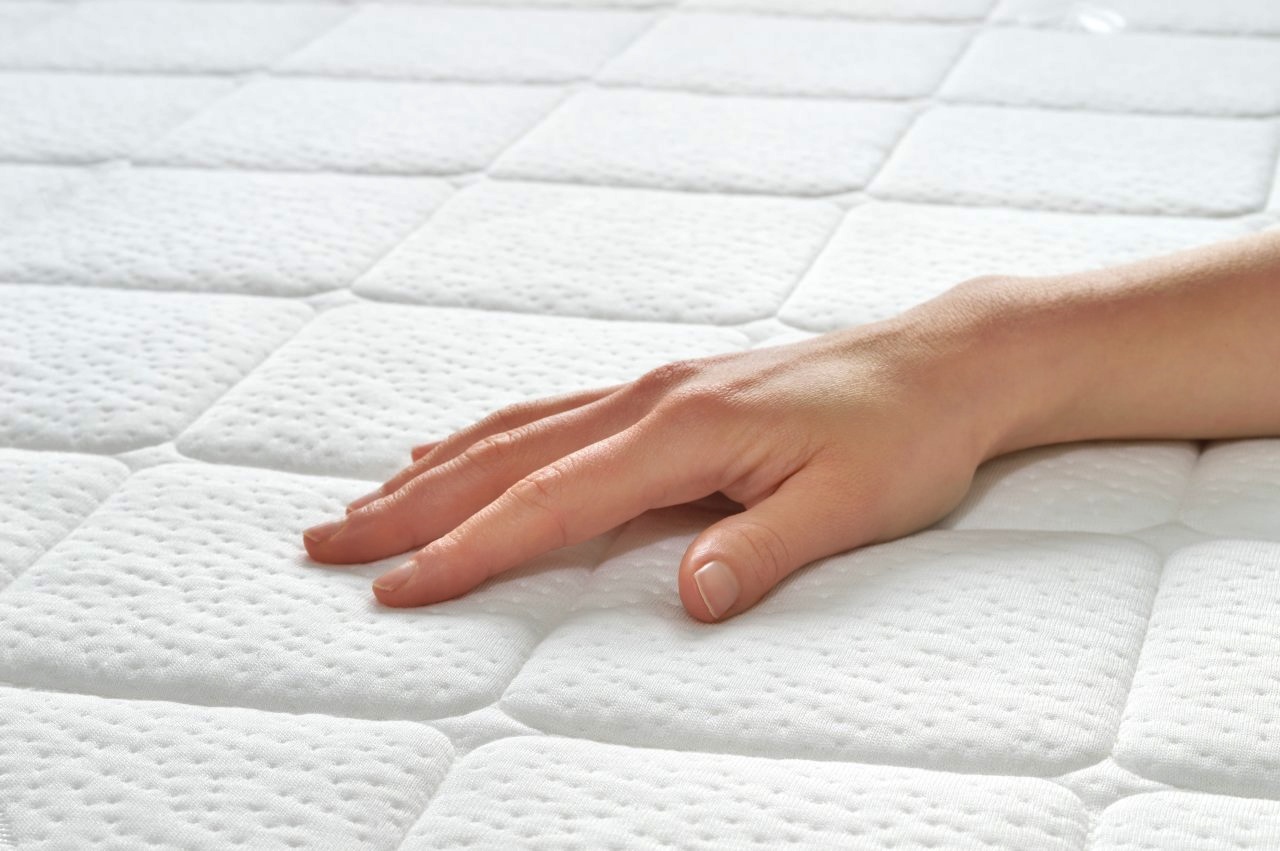

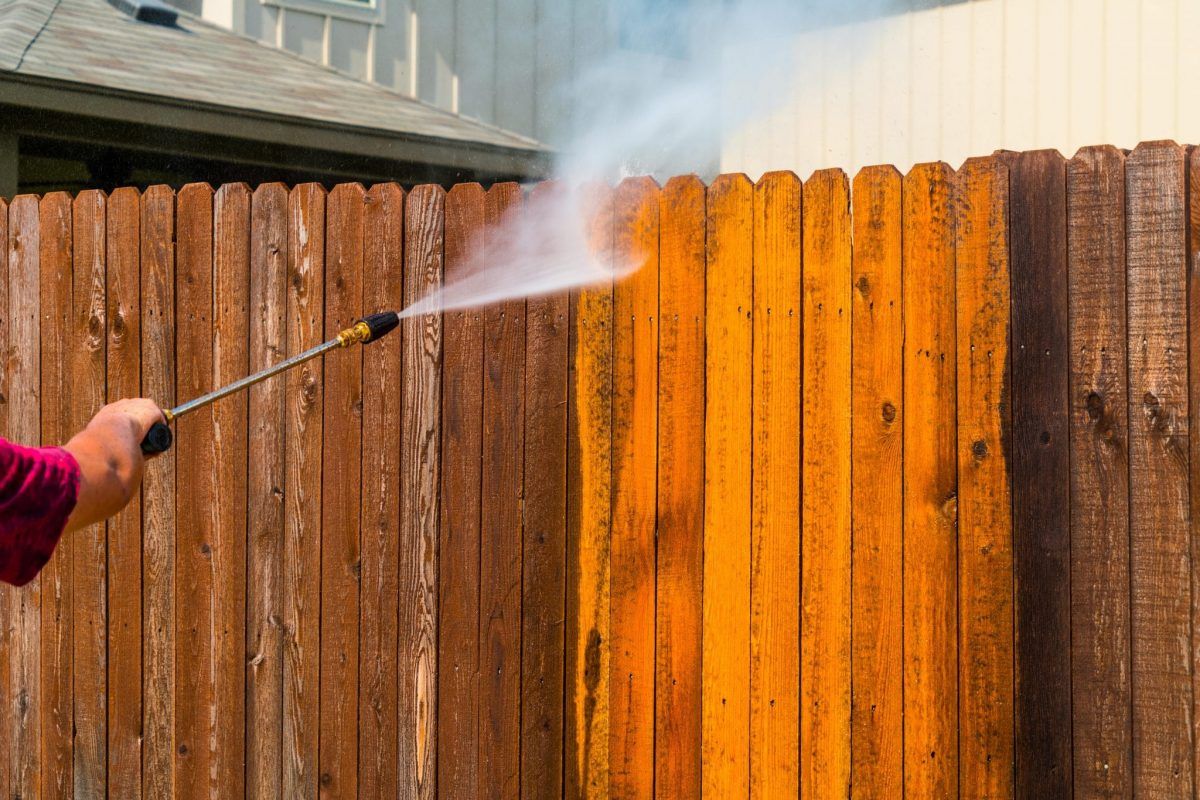
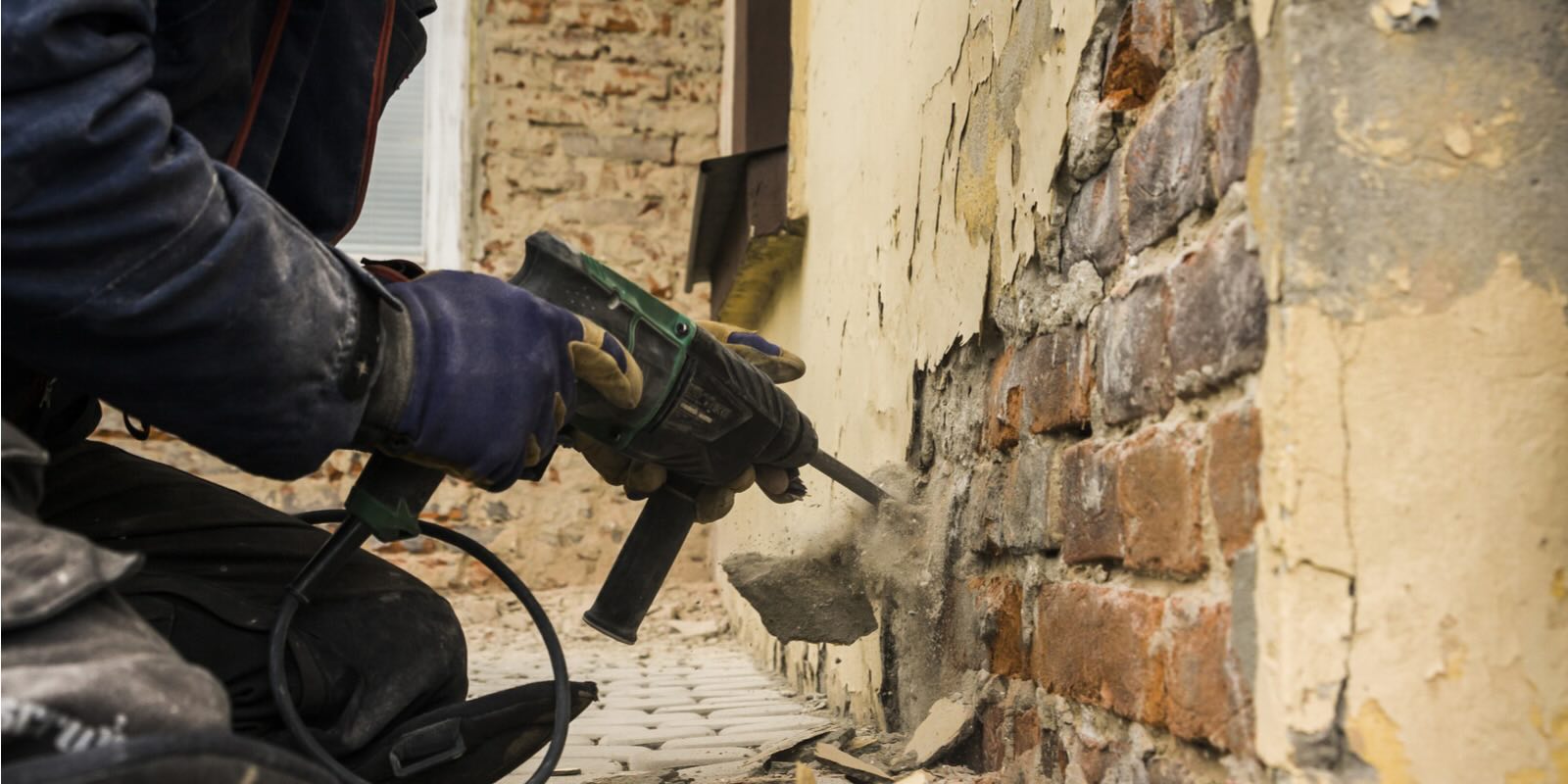
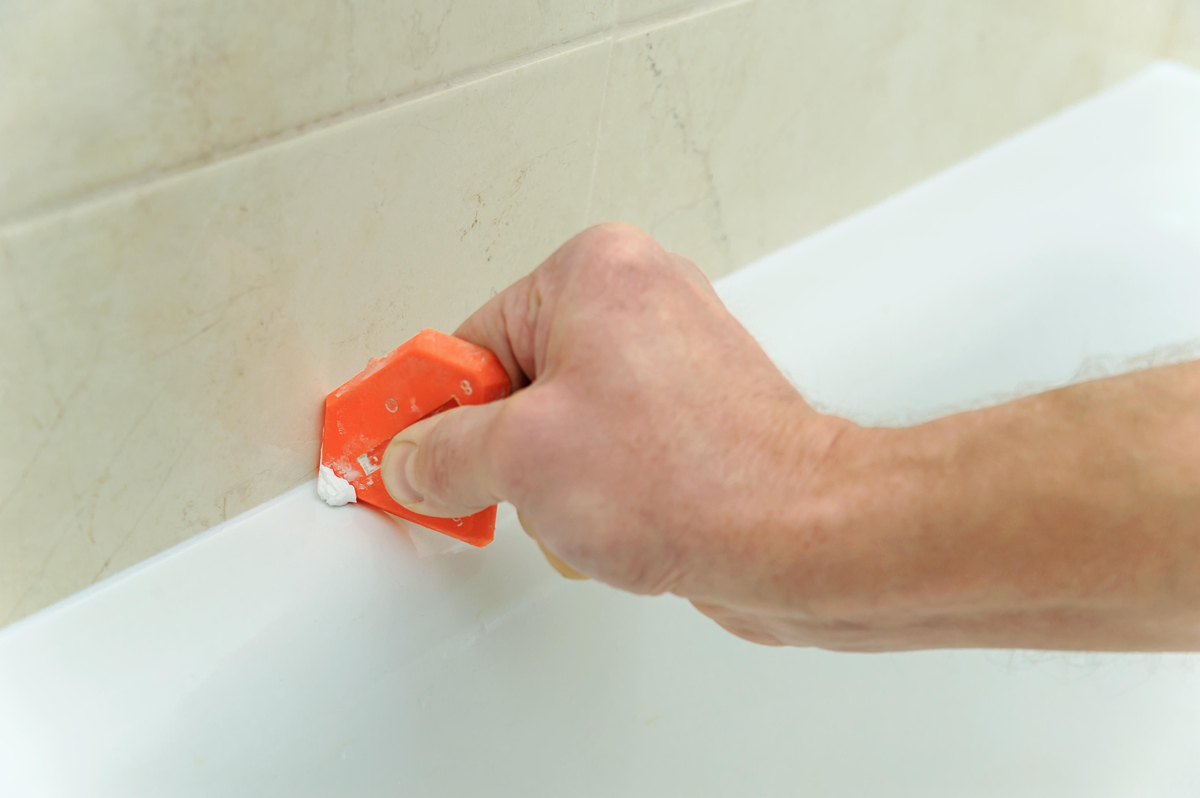
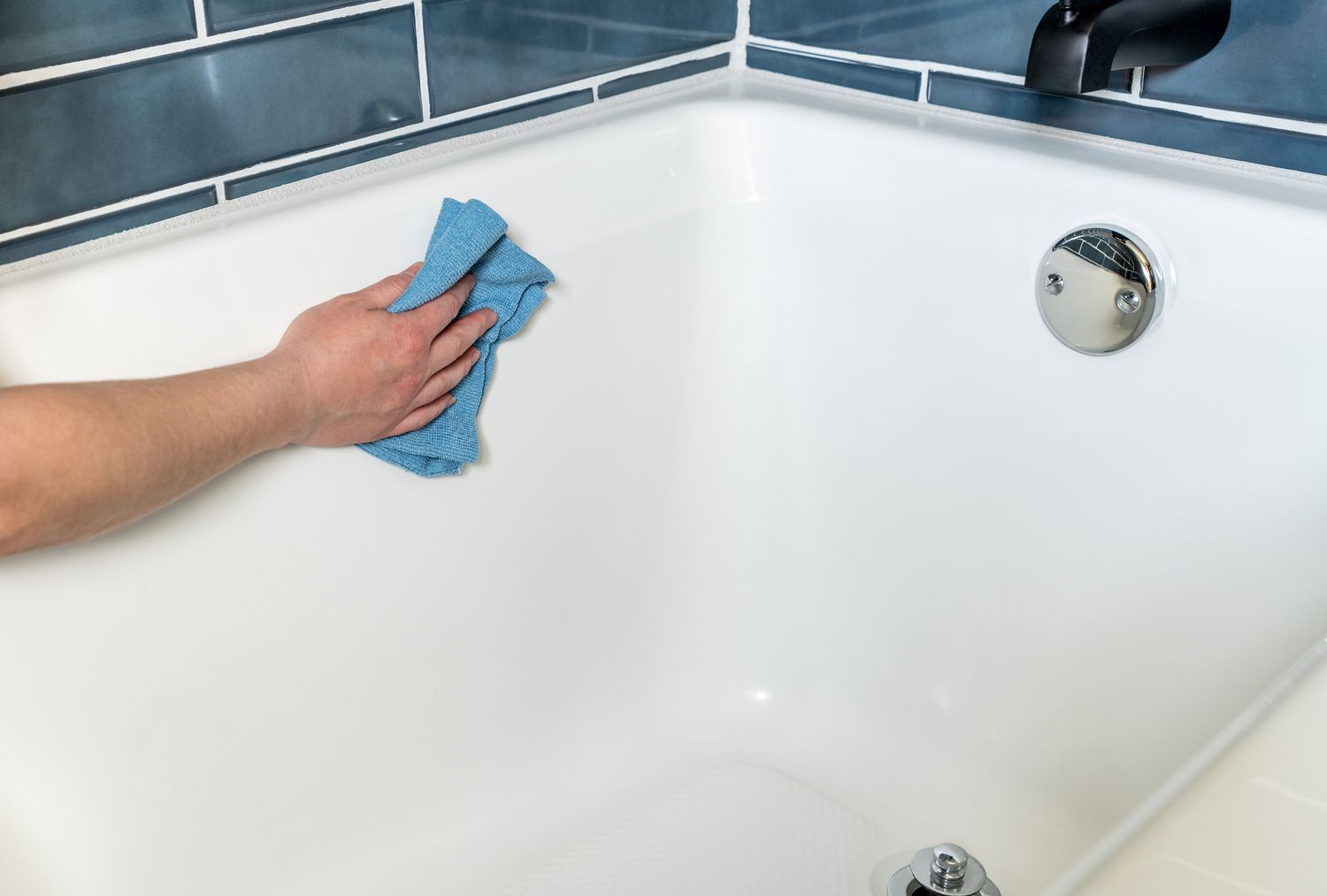
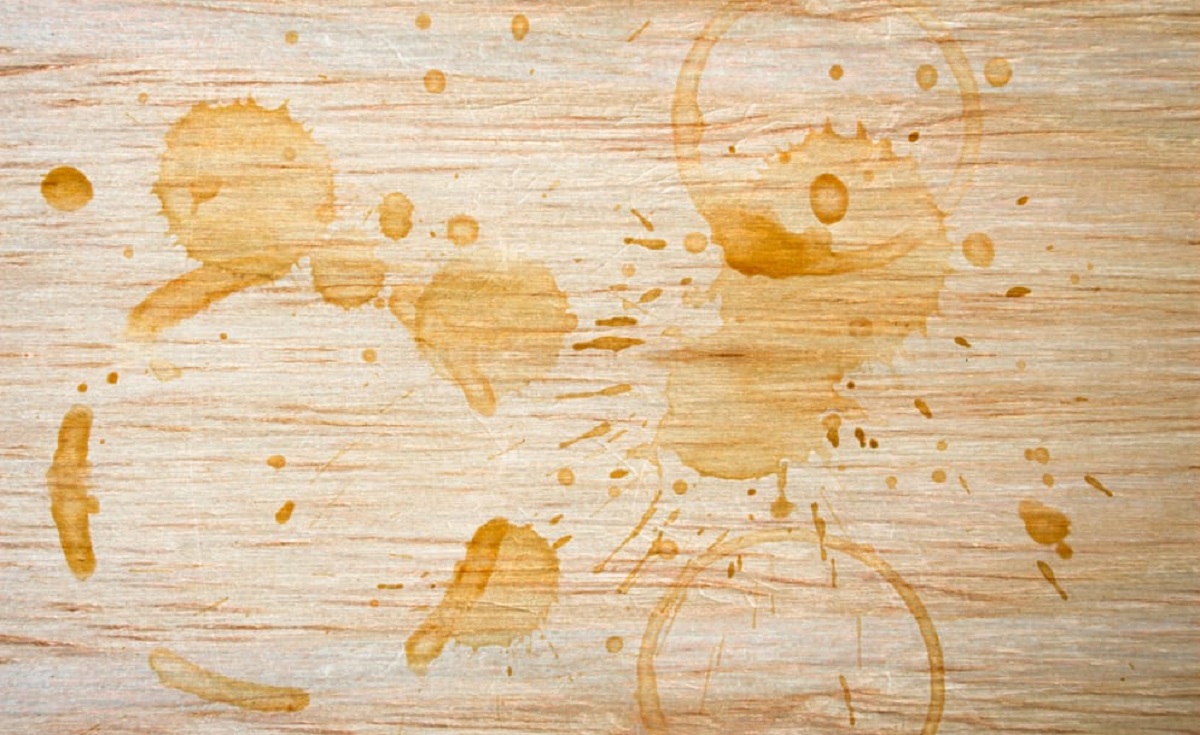

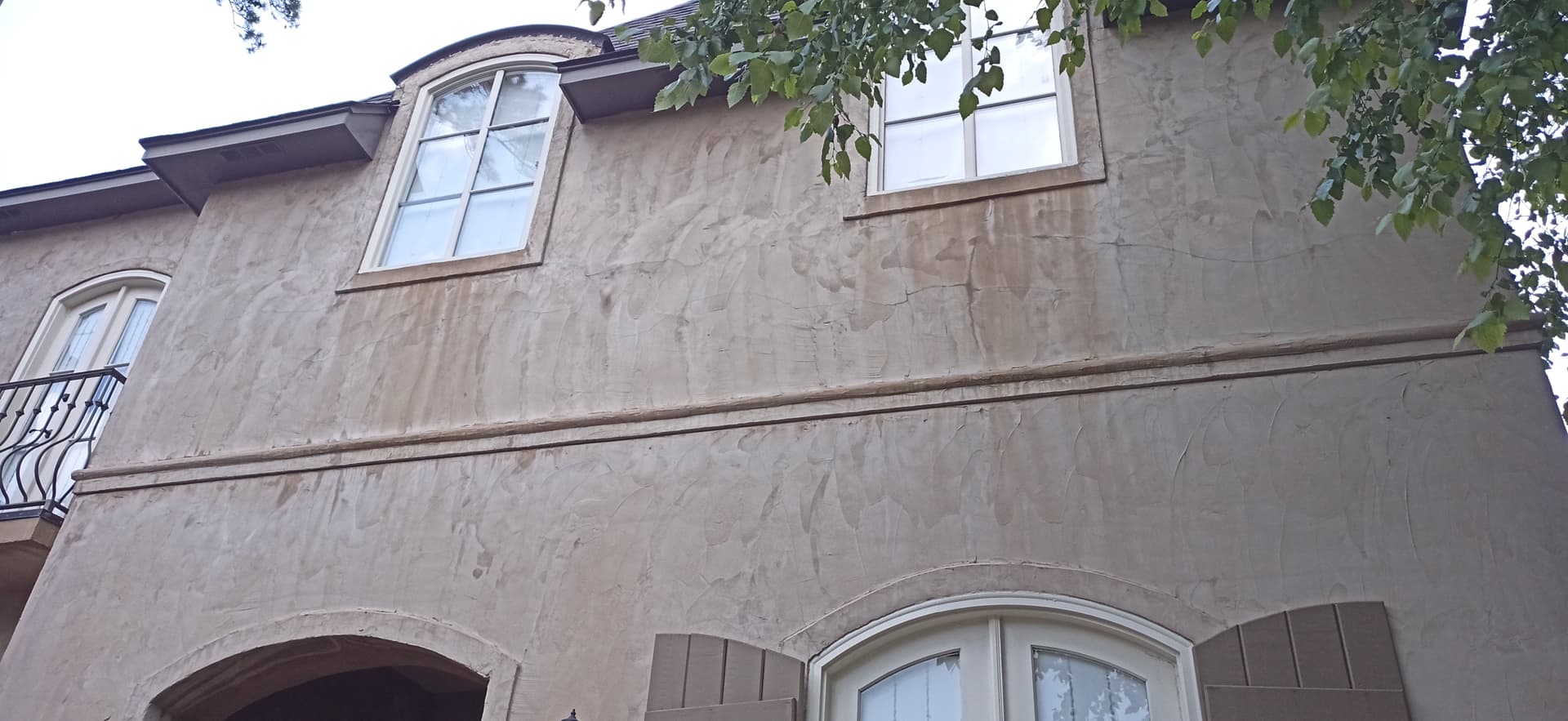

0 thoughts on “How To Remove Stains From A Fiberglass Bathtub”